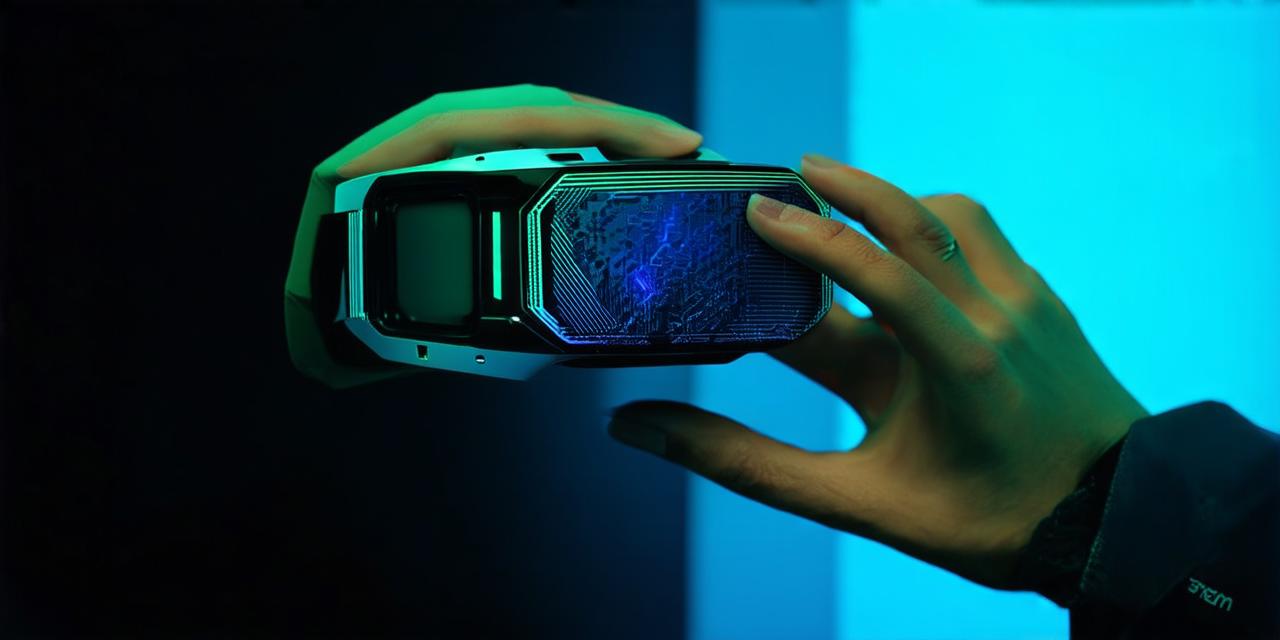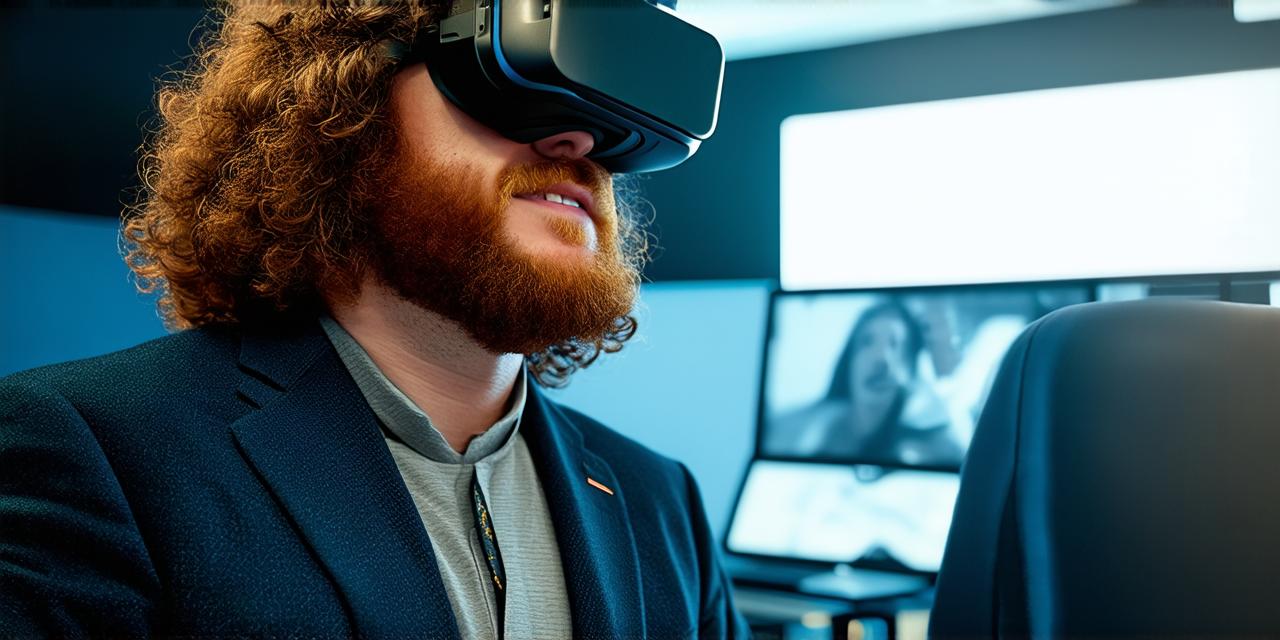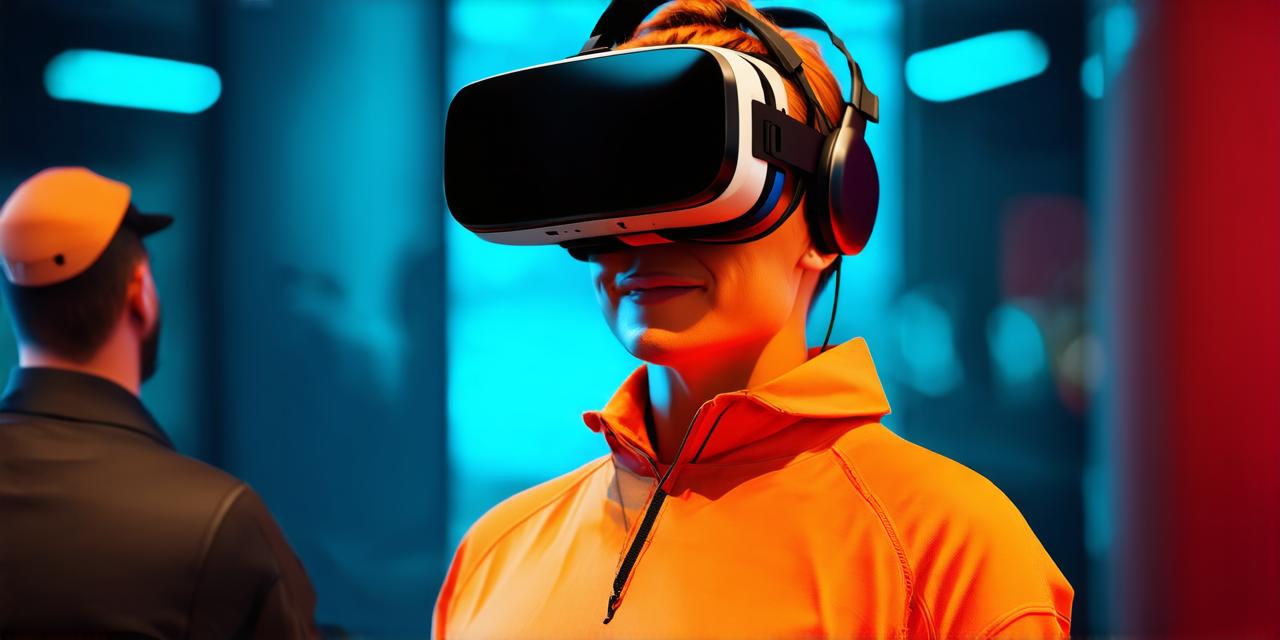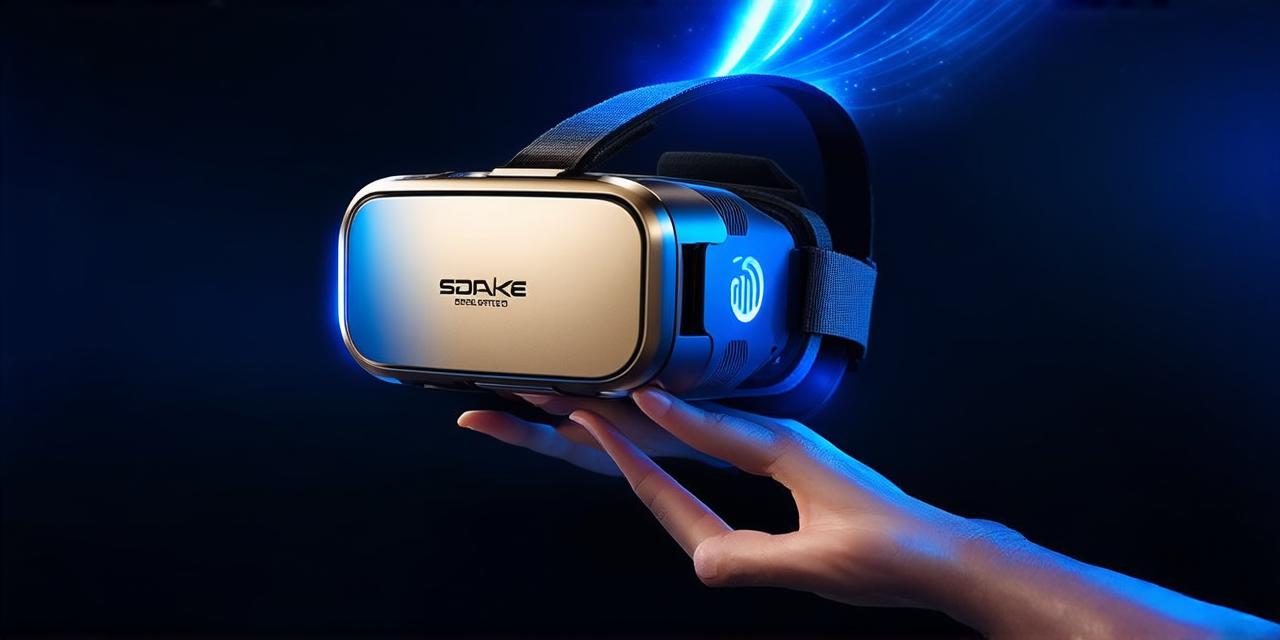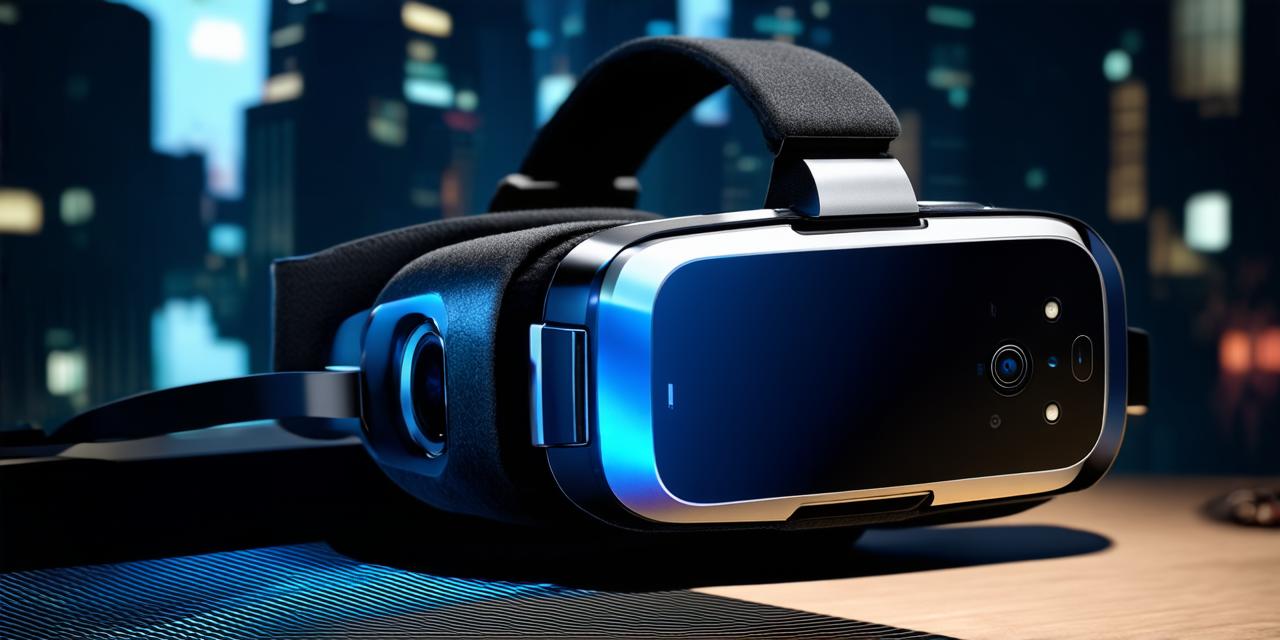Virtual and augmented reality (VR/AR) are two of the most exciting technologies in the world today. These immersive experiences offer new ways for people to interact with digital content, and they have already started to revolutionize a variety of industries.
In this article, we will explore how VR/AR will change the way we work, including examples from real-world companies that are already using these technologies.
Virtual Reality: Immersive Workspaces
Virtual reality (VR) is a computer-generated simulation that can be experienced through headsets or other devices. In the workplace, VR can provide employees with immersive workspaces that allow them to interact with digital objects in a way that is not possible with traditional tools.
For example, architects and engineers can use VR to visualize building designs and test out different layouts before they start construction. This can save time and money by reducing the need for physical prototypes.
One company that is already using VR in the workplace is Arup, a global engineering firm. They have developed a VR tool called “The Grid” that allows architects and engineers to explore building designs in 3D. This tool has been used on projects ranging from office buildings to airports, and it has helped to improve collaboration and reduce errors by allowing team members to see the same design at the same time.
Augmented Reality: Overlaying Digital Content onto the Real World
Augmented reality (AR) is a technology that overlays digital content onto the real world. This can be done using smartphones, tablets, or other devices that have cameras and sensors.
In the workplace, AR can be used to provide employees with real-time information and instructions. For example, manufacturing workers can use AR to see step-by-step instructions on how to assemble a product, which can improve productivity and reduce errors.
One company that is already using AR in the workplace is General Motors (GM). They have developed an AR tool called “Remote Assist” that allows technicians to diagnose and repair cars without needing to physically visit the vehicle. This tool has saved time and money by reducing the need for on-site visits, and it has also improved safety by allowing technicians to work remotely.
Collaboration and Communication: Breaking Down Barriers
One of the biggest challenges in the workplace is communication and collaboration. With VR and AR, employees can interact with each other in new ways that were not possible before.
For example, remote teams can use VR to conduct virtual meetings, which can help to reduce the feeling of isolation that often comes with working from home. In addition, AR can be used to share information and instructions in real-time, which can improve collaboration and reduce errors.
One company that is already using VR and AR for collaboration and communication is Daimler, a German automaker. They have developed an AR tool called “Digital Twin” that allows engineers to collaborate on car designs in real-time. This tool has been used on projects ranging from electric cars to autonomous vehicles, and it has helped to improve efficiency and reduce errors by allowing team members to see the same design at the same time.
Summary: The Future of Work is Here
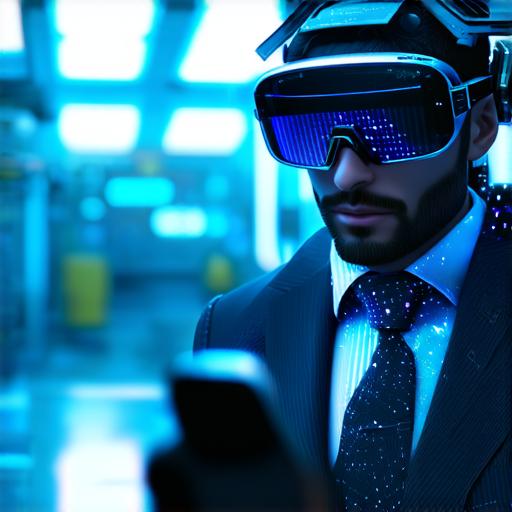
Virtual and augmented reality are two of the most exciting technologies in the world today, and they have already started to revolutionize a variety of industries. In the workplace, VR/AR can provide employees with immersive workspaces, real-time information, and improved collaboration and communication. As these technologies continue to evolve, we can expect to see even more innovative uses in the years to come.
